This op-ed was originally published by Project Syndicate.
Humans are bad at assessing risk even in the best of times. During a pandemic—when the disease is unfamiliar, people are isolated and stressed, and the death toll is rising—our risk perception becomes even more distorted, with fear often overwhelming reason. This is a recipe for disastrous policy mistakes.
To be sure, the danger posed by the COVID-19 outbreak should not be underestimated. The experiences of Italy, Spain, and the United States, in particular, have shown that delayed action to limit the virus’s spread can lead to large-scale illness and death.
But blind panic does nobody any good. In many countries, especially in the developing world, it is leading to policies that generate more risks—such as economic hardship, food insecurity, and generalized anxiety—than they mitigate. Smart policymaking will require leaders and citizens alike to gain a broader perspective.
While it’s difficult to know COVID-19’s precise fatality rate, we are much better at counting fatalities than the number of people who are infected, since the latter requires testing on a massive scale. And from the fatality data, it is evident that the risk of death remains very low for most people—that is, anyone who is not elderly and has no comorbidities. In most developing countries, one has a much higher chance of dying in a road accident than from COVID-19. In India, more than 150,000 people die in road accidents each year.
But most people are not nervous wrecks when they drive on a highway, whereas many have been terrified to go outside since the pandemic began. The large literature in psychology on “salience” helps us understand this, as the Nobel laureate economist George Akerlof has shown.
Say you were looking to buy the safest-possible car. You would probably read up on models’ safety data—how many electronic or mechanical failures, accidents, or fatalities occurred for every, say, 10,000 cars on the road—and choose the model with the lowest number. But the night before you plan to purchase the car, you meet up with a friend, who tells you that a skidding accident in the model you’ve chosen left their cousin gravely injured just a week after he started driving it.
This conversation would cause many people to doubt—and even change—their decision, because the risk their chosen car poses is now more salient than the dry data about 10,000 cars.
Even the way the numbers themselves are presented can distort the picture. If one list shows the total number of accidents involving various kinds of cars, one brand may appear to be doing far worse than others, simply because it is more popular. It might seem obvious that accident rates are more important than the total number of accidents, yet that nuance can be lost, especially when fear is involved.
Something similar is occurring today with COVID-19 data. In recent weeks, people all over the world have been watching the number of confirmed U.S. coronavirus-related deaths climb steadily, to nearly 70,000. This is, of course, far more than Belgium’s 8,000 deaths. But, per ten million residents, Belgium’s record (just under 8,000) is far worse than America’s (about 2,120). As of now, a person in Belgium is more than three times more likely to die from COVID-19 than someone in the U.S..
The difference between death rates in North America and Europe, on the one hand, and Africa and Asia, on the other, is even starker. The chances that a person will die from COVID-19 in Europe is typically 2,000-4,000 times higher than in Africa or South Asia. Even when considering only the better-performing European countries, the gap is large: The risk of COVID-19 fatality in Germany is about 100 times higher than in India.
The risk of destitution, however, is much higher in India than in Germany. Yet, rather than factor these differences into their policymaking, many developing-countries have focused single-mindedly on mitigating the ultra-salient, but statistically low risk of dying from COVID-19.
The costs of this approach are mounting. In emerging economies in Africa and South Asia, prolonged lockdowns represent a trade-off not between saving lives and saving stock prices, but between saving some lives from COVID-19 and condemning far more people to destitution, hunger, and death by other means.
Some will argue that this conclusion is premature. Sri Lanka, India, Kenya, and Nigeria, which have low fatality rates today, could face a devastating wave of infections tomorrow. Policymakers must anticipate future risks and act early to mitigate them.
But it is not at all clear that the outbreak will follow the same trajectory in South Asia and Africa as it has in Europe and North America. The magnitude of the differences between all countries in Africa and South Asia, and virtually all countries in North America and Europe is large enough to suggest that other factors may affect COVID-19 virus transmission. One possibility is widespread use of the Bacillus Calmette-Guérin (BCG) vaccine, which protects against tuberculosis, in South Asia and Africa, where TB and malaria infections are far more common.
This is not to say that developing-country leaders should not prepare for future risks, especially given how much we still don’t know about COVID-19. They certainly must not dismiss or downplay the risks, as Brazilian President Jair Bolsonaro has done, even as the bodies pile up.
But leaders must also avoid counterproductive, fear-driven responses. Instead, they must make difficult but balanced choices based on accurate data and expert advice; adapt their policies as information and conditions change; and keep people informed. German Chancellor Angela Merkel and French President Emmanuel Macron are both models of such leadership.
The same goes for citizens. To help protect our communities, we must take all appropriate and feasible public-health precautions, such as wearing masks and minimizing physical contact, especially with vulnerable people. We must recognize, however, that a large part of such behavior is necessary not because of the risk to oneself, but because of the social responsibility that confronting an infectious disease necessarily implies.

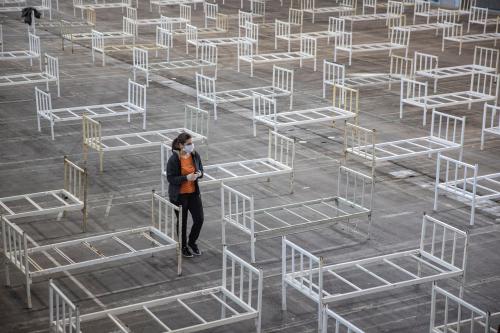
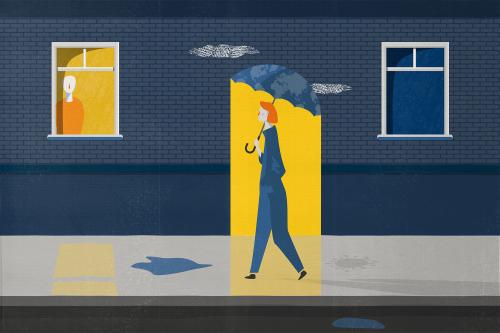
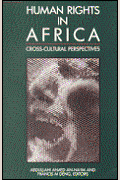
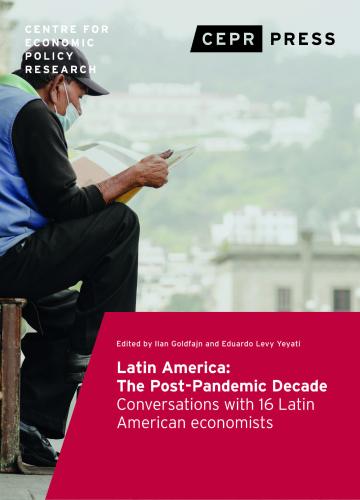


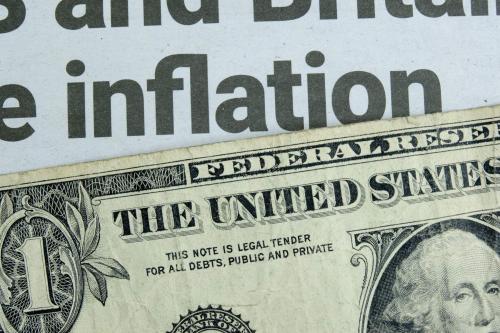
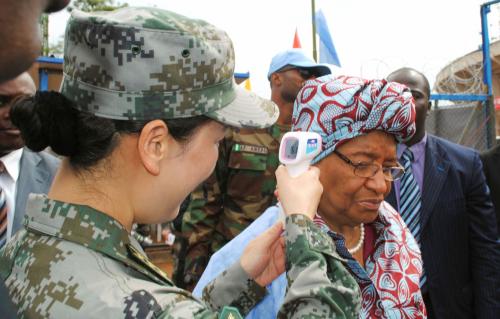
Commentary
Op-edWho’s afraid of COVID-19?
May 6, 2020